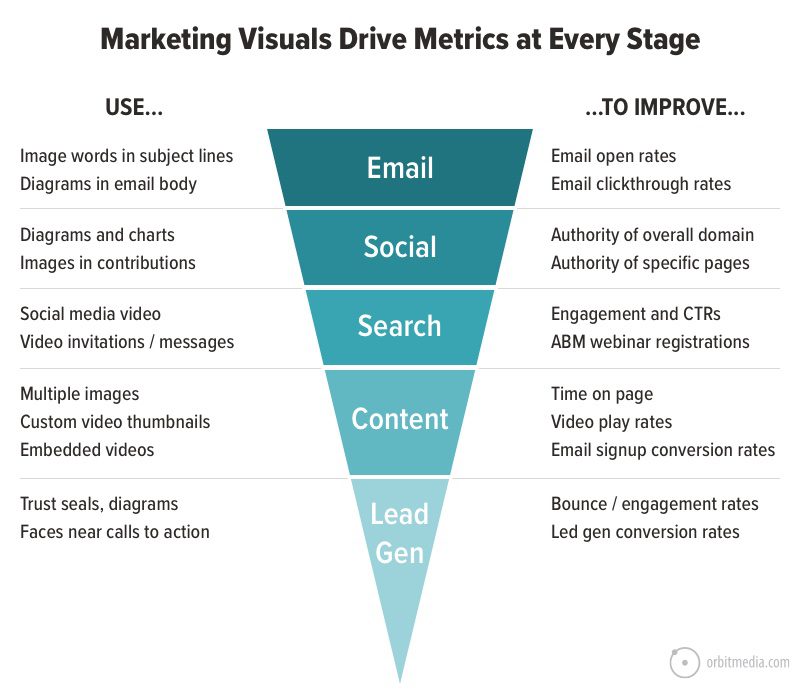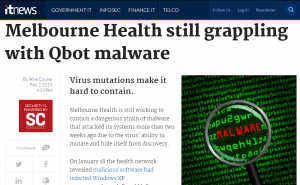 Despite numerous attempts to live stream a discussion on demand generation with author Carlos Hidalgo, I was forced to revert to Plan B. And Plan B involved a cup of coffee, a quiet room and a Skype video call with CEO of the B2B demand strategy firm, Annuitas, and upcoming keynote speaker at the B2B Marketing Leadership Forum in Sydney, Australia. Having read his book – and been heavily involved in B2B marketing most of my career – I was keen to learn some of the insights and approaches that have transformed B2B marketing in the last decade.
Despite numerous attempts to live stream a discussion on demand generation with author Carlos Hidalgo, I was forced to revert to Plan B. And Plan B involved a cup of coffee, a quiet room and a Skype video call with CEO of the B2B demand strategy firm, Annuitas, and upcoming keynote speaker at the B2B Marketing Leadership Forum in Sydney, Australia. Having read his book – and been heavily involved in B2B marketing most of my career – I was keen to learn some of the insights and approaches that have transformed B2B marketing in the last decade.
Gavin Heaton: In your book, you call out the challenge of B2B marketing training. In my experience we are seeing students graduate from marketing degrees with no clear understanding of B2B. Do you see this too?
Carlos Hidalgo: We are not seeing B2B taught at university. At a recent speech at a local university, a junior asked “what does B2B stand for?”. We are starting to see alternatives. eLearning has become a very useful way of educating people about B2B marketing – with places like eCornell doing a great job.
Gavin Heaton: You also talk about “marketing enablement”. What does that look like? What does it mean?
Carlos Hidalgo: What do we have to invest to make our marketing people succeed? Sales have had enablement and skills training for years. Companies have become very good at sales enablement. But on average, most marketers are self taught. There’s no true marketing enablement within firms. We need to fix that, and there are a few key areas:
- Truly uncover and diagnose who our buyers are and how they buy
- Qualitative research – we need to understand this and do it better
- How to speak to customers about their buying behaviours to uncover insights
- What are the conditions that push or lead people into a buying path
- What does and should reporting look like
- Doing qualitative analysis on reports – after all, the rest of the business runs according to financials, KPIs and metrics
- Putting together training curriculum – let’s support our marketers
- We need to document and understand marketing KPIs
We also need a better understanding of our buyers, their behaviour and the way that this impacts our marketing programs.
Remember, marketing is being asked to do things that it’s never done before.
Gavin Heaton: When I speak with CMOs and CIOs, they think the answer is already in place. Technology. Has technology solved the sales-marketing alignment challenge?
Carlos Hidalgo: Technology has made the marketing-sales alignment worse. Often a CMO will say, “We just need to get our martech stack in order.”. But technology is an enabler to a strategy.
We need to retrain sales as they’re not as front and centre as they were 101-5 years ago when information was hard to come by. They don’t need to sell in the same way, but be educators to help their customers think through their problems. The buyer probably already knows more about your products.
Sales need to “unteach the buyer” – so that we can open the conversation and position ourselves as the expert on the challenges that the business is facing.
When it comes to marketing and sales alignment, the problem isn’t alignment at all. They’re not aligned around a “common sense of the customer”. As marketers, we have been taught to think that “sales is your customer”. This is only true when marketing is producing content. Marketing needs to lead sales and help develop a “continuity of conversation” – and that conversation these days is largely digital. The two need to work together to provide that continuity.
Gavin Heaton: You write about demand process transformation. What does that look like?
Carlos Hidalgo: This is about aligning people, process, technology and strategy around the customer. Aligning content by the buyers journey. For those organisations that do this well, we are seeing benchmarks being blown away.
Gavin Heaton: So who decides this kind of transformation is important?
Carlos Hidalgo: Who thinks this is important? Say a VP or CMO. I am seeing more people with the title of VP of Demand Generation. Typically they have marketing automation and up to 15 technologies in place. But no one is closer to the customer. We are not seeing the breakthroughs.
Typically we need someone open to the idea that what is happening now is not good enough. And then they start to look for marketing automation strategy or demand generation strategy. New ways are required to deliver the breakthroughs. It’s about true change management.
Gavin Heaton: What is the role of an external change agent? How useful and when should they be used?
Carlos Hidalgo: When I went out on my own, I consulted back to my old firm. My client presented back the same presentation that I created. What they needed was what I was advocating. External change agents can be the people you can invest in beyond the reach of your firm. They bring important experience across many organisations.
From an internal perspective, you need someone who can be objective and not worry about politics and sacred cows. External change agents are not in the “day to day” so they have a perspective that we can easily miss from the inside. As an employee we are too close.
External change agents are also vital in getting things done. Most clients who say “we’ll do it ourselves” find that 12 months later nothing has happened. .
See Carlos Hidalgo live in Sydney
Remember, you can see Carlos live in Sydney at the B2B Marketing Leadership Forum, and he is running a limited capacity workshop on demand generation on Day 3. Be sure to book in early.






